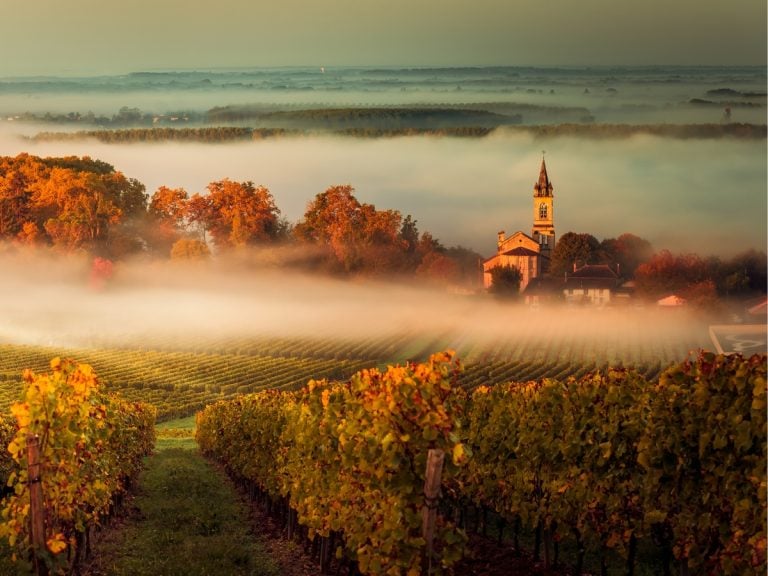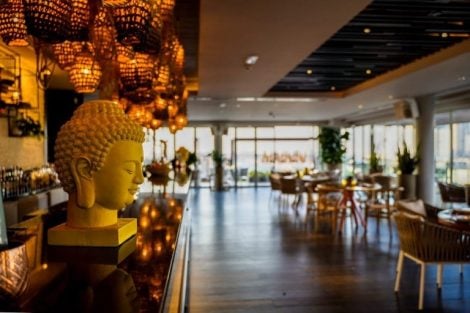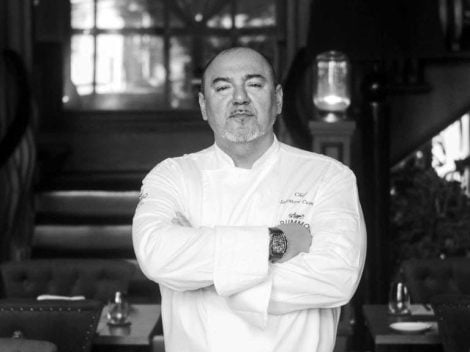The creation of Luca by Pixar
No need beating around the bush: there's nothing better than a fine plate of pasta to represent Italian habits. Even the creatives of Pixar know this well, which has recently presented its latest feature film, the first set in Italy: Luca. Directed by Enrico Casarosa, an Italian already famous thanks to the short film "La Luna," who spent several months in the Cinque Terre to get inspiration for the story, aided by Character Art Director Deanna Marsigliese, also of Italian origins. "We filmed with a camera and a drawing pad, but I was focused on the people," says Marsigliese in the docu-series “Pixar-Behind the Scenes.” "I observed people 24 hours a day and when I visited my family I discovered the many nuances that make Italians unique." Starting with the cuisine, which plays a significant, albeit apparently marginal, role in the film.
What Luca is about
The plot is simple: two teenage "sea monsters," Luca and Alberto, change shape on earth, becoming human, only to transform again as soon as they come into contact with water. At sea, humans are not well regarded and Luca's family forbids him to go to the surface. The shy protagonist thus ventures with the more daring Alberto, who guides him to discover terrestrial habits in the imaginary village of Portorosso, inspired by the towns of the Ligurian Riviera and Cinque Terre. Here they will take part, together with the human Giulia, in the country race consisting of three challenges: swimming, cycling and... pasta eating competition. "Cannelloni, penne, fusilli, trofie, lasagna," Giulia teaches them to eat every shape, "you have to be ready for anything," showing how to use a fork. A fun scene, which actually mimics the 1989 Disney classic "The Little Mermaid," as well as the underwater setting, already explored in great detail in the 2003 Pixar hit, "Finding Nemo."
Food and stereotypes about Italian culture
But let's talk about food, and above all to the consumption habits of Italians, too often represented through stereotypes and glossy images by foreign directors. Not even Luca, released on the Disney+ platform last June 18, is exempt from this: Liguria at the end of the 1950s is built on clichés upon clichés, from the myth of the Vespa Piaggio - narrated with too much romance - to the excessive gesticulation of the characters, the marked Italian accent and the constant dolce far niente, between coffee at the bar and gelato in the square. The story, as always in animated films, is made up of archetypes: the courageous travelling companion who encourages the protagonist to believe in himself, the search for his own identity, overcoming obstacles, personal growth. An undoubtedly enjoyable film, which somehow works, especially for the use of warm and bright colours, the visual details that paint the Italian summer, in an article in the New York Times by A.O. Scott, "Calamary by your name," compared to the summer shared by Elio and Oliver in the novel "Call me by your name." A parallelism linked not only to the nostalgic image of the Ligurian Riviera but also to the relationship between the two protagonists, in the novel (from which the homonymous film by Luca Guadagnino was based) an intense and complicated love story, in the Pixar film is a solid friendship that leads to the discovery of the other and of the self. A comparison that's perhaps a little forced, but let's leave film critique to the experts.
The representation of food in animated films
What's important is understanding why Italian cuisine and culture (gastronomic and beyond) is still represented using such a dense amount of stereotypes. Even when the director is of Italian origins (perhaps it's true, however, that homesickness tends to make memories more artificial, glossy, sometimes dreamy). One thing is certain: whatever dish Pixar puts on the table, the viewer will be hungry. We saw it with the famous 2007 film "Ratatouille," entirely dedicated to cooking, but also with the short film "Bao," the food scenes in animation make you more hungry than ever. Just think of the classics too, from the cake in "Snow White" to the cream in "The Aristocats," or the more recent Scottish glazed biscuits from "Brave," without forgetting the gumbo in "The Princess and the Frog," the first Disney film set in New Orleans which has an African American princess as the protagonist (however, we had to wait until 2020 with "Soul," again by Pixar, to finally have a more intense and attentive look at African American culture, thanks to the work of co-screenwriter Kemp Powers).
The competition of Pastificio Garofalo
Colourful and steaming, Luca's inviting plate of trenette with pesto sauce and basil leaves is plausible and well done: no wonder that the two sea monsters devour it in record time. In the film, good pasta becomes the basis for a solid friendship between the three youngsters. For this reason Pastificio Garofalo has launched a marketing campaign and a competition dedicated to Luca, called "Amici Per la Pasta." To participate, just answer the questions on the website, which will then be paired with a dish that describes the bond of friendship (complete with a recipe to replicate it). Winners are bestowed with an experience on the Amalfi Coast, with a stay in Positano and a visit to the Pastificio Garofalo, but also other prizes, including packs of pasta and kitchen tools.
Whatever the criticisms or comments on Luca may be, it is certain that the dominant role that food plays for us Italians emerges in every scene, as well as the most deeply rooted traditions linked to the table. After all, the boy's marine parents pasture the fish and grow algae. There is only one question: how much does this representation of Italian cuisine play in our favour?
by Michela Becchi


 Women are the best sommeliers. Here are the scientific studies
Women are the best sommeliers. Here are the scientific studies Where to eat at a farm stay in Sicily: the best addresses in the Provinces of Trapani, Palermo, and Agrigento
Where to eat at a farm stay in Sicily: the best addresses in the Provinces of Trapani, Palermo, and Agrigento Wine in cans, bottle-fermented, and alcohol free: the unstoppable change in Gen Z’s tastes
Wine in cans, bottle-fermented, and alcohol free: the unstoppable change in Gen Z’s tastes The great Bordeaux exodus of Chinese entrepreneurs: around fifty Châteaux up for sale
The great Bordeaux exodus of Chinese entrepreneurs: around fifty Châteaux up for sale Dubai speaks Italian: a journey through the Emirate's best Italian restaurants
Dubai speaks Italian: a journey through the Emirate's best Italian restaurants






